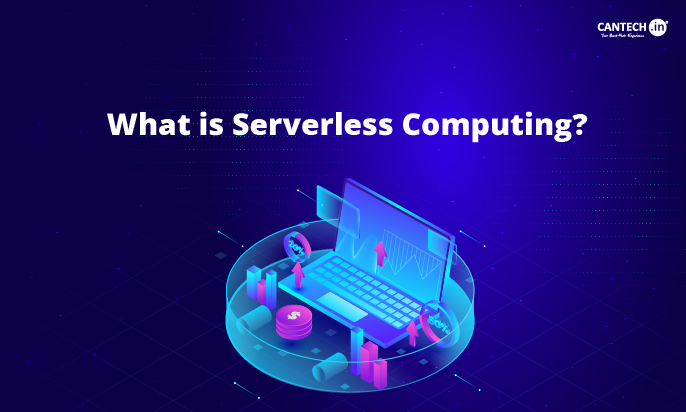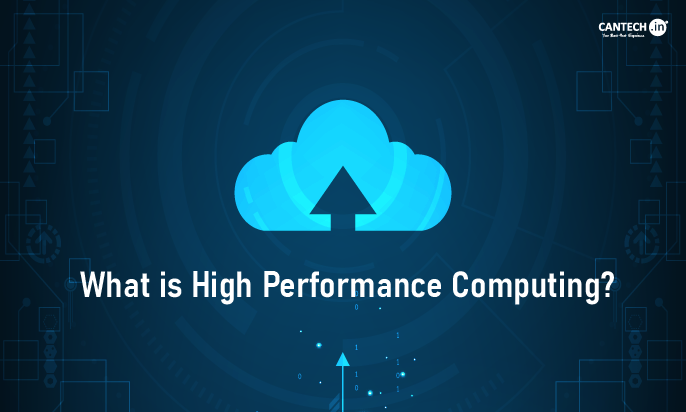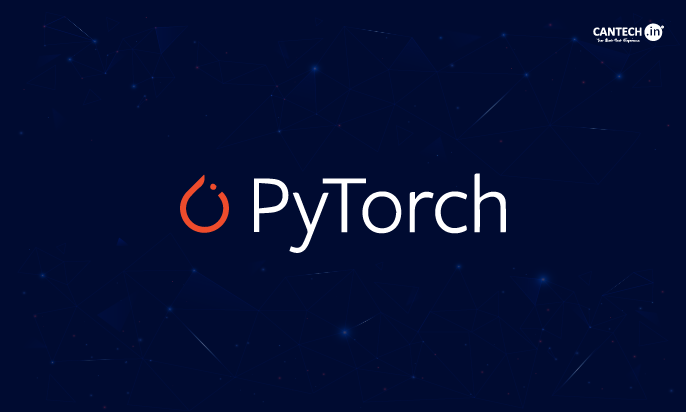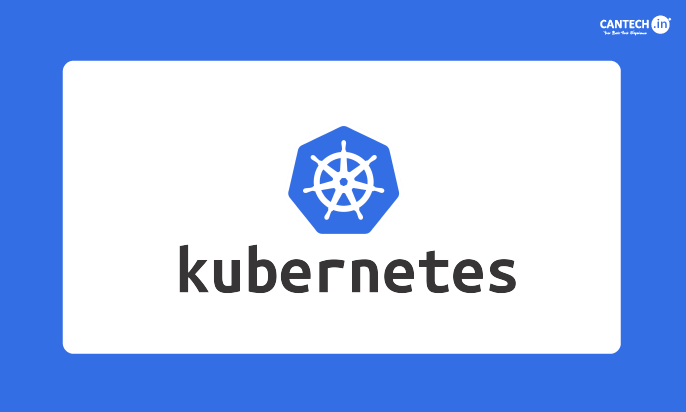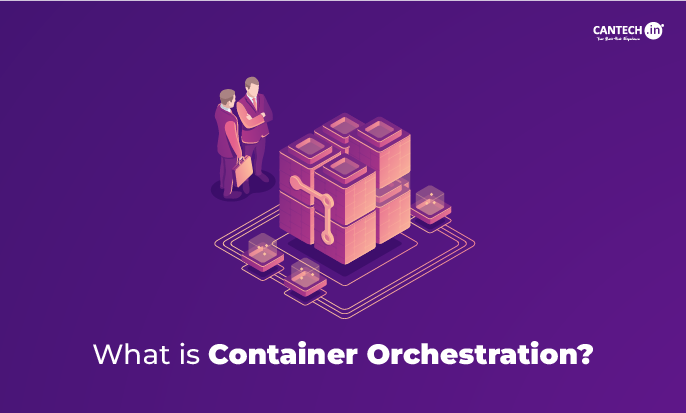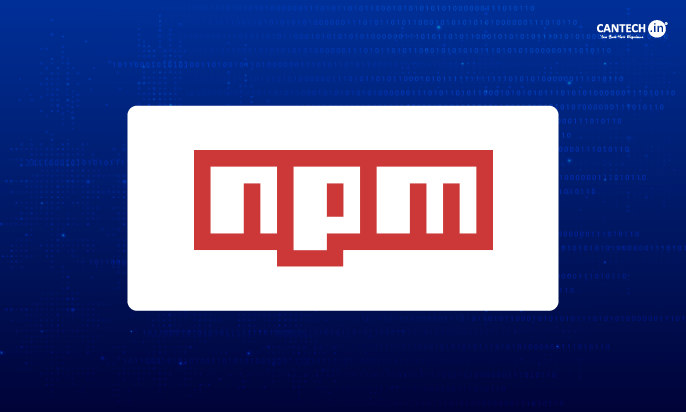How companies deal with cloud-based applications is being transformed by something called “serverless computing”. In a serverless world, developers don’t manage servers. They don’t even think about servers. When they need to scale, they scale. And when they don’t need to, they don’t. Instead of managing infrastructure, developers can now pour all their resources into writing code and creating solutions that serve their customers. Companies can serve their customers better because it’s cheaper, almost as if it’s free, and certainly no more expensive than development itself. Yet what is serverless computing, and why is it significant in the current digital landscape? In this guide, we will explore its essential principles, key benefits, unavoidable pitfalls, and actual use cases of business and digital development. By the end, you should clearly understand why we consider serverless computing to be a paradigm shift in the way we think about, and work with, the computational backbone of our software systems.
What is Serverless Computing?
Computing without servers is a cloud execution model where the cloud provider completely manages the infrastructure. Companies have moved to the cloud to offload some of the work of managing IT systems, pay for what they use, and gain scalability. But in the cloud, there are still servers. By “serverless,” we mean “functions that run in the cloud and execute only when needed.” These functions respond to events, and they are what you use when you want to trigger something in response to an action that someone or something takes, like a request from a user or a change in a database, and you need them to handle varying amounts of work seamlessly.
The fundamental concept of serverless computing is closely related to Function as a Service (FaaS). FaaS enables developers to deploy lightweight, single-purpose functions that run on demand without the provisioning or management of servers. This model is distinct from traditional Infrastructure as a Service (IaaS) or Platform as a Service (PaaS), where users still have to configure, manage, and maintain the server environment. With serverless, those worries disappear, and that makes for a development experience that’s a lot more pleasant and a lot more streamlined. Are you looking for a safe, reliable, fast, and cost-effective cloud service to deploy your application, try Cantech Cloud for a hassle-free experience.
Advantages of Serverless Computing
1. Cost-Efficiency
Of all the benefits serverless computing offers, the biggest by far is cost savings. In traditional computing models, businesses must maintain server infrastructures and pay for them, even if the servers are of no use doing nothing for long stretches of time. By contrast, with serverless computing, the pay-as-you-go price model means that businesses are charged only for the number-crunching activities that their applications actually perform. This signifies that an application is not running full-time but only in response to some infrequent requests. Even though the application isn’t doing any work, it’s still storing data and probably indexing it. The point is that you shouldn’t run an application full-time if you don’t have to. The workload isn’t constant. That’s especially true for small business and startup workloads. So, if you are looking to either register your domain to kickstart your business or manage workload with Dedicated Server, Cantech can be the ultimate option.
2. Auto-Scaling
One of the serverless computing platform’s key capabilities is its dynamic scalability. On e-commerce platforms, for example, businesses increasingly see demand surge unpredictably. Serverless architectures like Cantech’s Cloud Hosting let you allocate additional computing power instantly. This is something traditional web platforms, on which businesses have to forecast demand and provision accordingly, just can’t do. And although serverless platforms can operate in tandem with most backend databases, they work exceptionally well with NoSQL databases.
3. Faster Time to Market
When aiming for swift releases, developers and businesses find that serverless computing is a great way to cut their time-to-market. With no infrastructure to manage and no server configurations to optimize, developers can pour their energies into writing and deploying code. The new process makes it easy to deploy new features and applications for Windows or Linux, making it suitable for agile development workflows. Organizations that adopt serverless computing can accelerate their iteration cycles, increase their deployment frequency, and respond to evolving business requirements with very little operational effort.
4. Improved Resource Utilization
Typical server configurations tend to waste available resources, with servers constantly running even when not needed. Serverless computing resolves this problem by scaling resources only when the functions are needed. This ensures that no server resources are sitting idly while consuming energy and computing power, making it cost effective and friendly to the environment. This approach enables businesses to improve resource and performance optimization, while minimizing their carbon emissions.
Disadvantages of Serverless Computing
1. Vendor Lock-in
One of the most significant drawbacks of serverless computing is vendor lock-in. Serverless technologies offered by cloud hosting providers have unique implementations, making it quite difficult to move from one cloud provider to another without significant code and configuration modification. When an organization establishes its base on a particular infrastructure-as-a-service, switching to another provider could be costly and time-consuming. Though multi-cloud approaches and open-source alternatives can go some way toward alleviating such problems, organizations should carefully plan for their long-term cloud strategy before settling on a serverless provider.
2. Cold Start Issues
The main challenge is cold start latency in serverless architectures. Upon being called for the first time after being idle, the cloud provider allocates the required resources and initializes the function, potentially resulting in noticeable delays. This can become troublesome for real-time applications: chatbots or trading platforms, where timing is everything. To mitigate cold starts, some cloud providers implement optimization techniques like provisioned concurrency or keeping functions warm, but these may incur additional costs.
3. Debugging Complexity
Debugging and monitoring serverless applications can become more complicated than traditional applications due to their distributed nature. A serverless function runs inside an ephemeral environment managed by a cloud provider, so developers have lesser access to logs, system-level metrics, and real-time debugging tools. Fixing anything often requires adding third-party monitoring solutions, or cloud-native observability tools. Moreover, debugging event-driven workflows across multiple functions can also be tricky, as errors might propagate through other services, making it harder and lengthening the time required for root-cause analysis.
Types of Serverless Architecture
1. Function as a Service (FaaS)
FaaS is another building block of serverless computing that enables developers to execute functions based on specific events while freeing them from the maintenance of the underlying infrastructure. Rather than running an application continuously on a server, FaaS platforms such as AWS Lambda or Azure Functions execute code only when called upon by events such as an HTTP request, database change, a scheduled task, and so forth. This represents a wholly new scale-down of operational overhead and a safe ground in which developers could focus on writing efficient and very scalable application logic.
2. Serverless Databases
Serverless databases are one solution to a fully managed, scalable, and maintenance-free way of storing information and making it available. In contrast to traditional databases, which require the usual set of provisioning, configuring, and managing efforts, serverless databases (like AWS DynamoDB, Google Firestore, and Azure Cosmos DB) allow scaling with demand while always remaining hunger-proof, so there is no need for hands-on action. They offer advantages like background replication, automated backups, and low-latency access, with many current applications in real-time analytics, IoT solutions, and web app usage worldwide.
3. Serverless Storage
Serverless storage solutions offer easy, scalable, and inexpensive data storage, with minimal requirements for the businesses themselves to manage physical or virtual storage infrastructure. This is illustrated by Amazon S3, Google Cloud Storage, and Azure Blob Storage. They also allow automatic scaling, high durability, and pay-per-use pricing options. They are suitable for static website hosting, managing media content, backing up datasets, and big data pipeline analytics, among other use cases. Such serverless storage empowers organizations to easily process high volumes of data while cutting down on operational complexities.
Serverless vs PaaS
Platform as a Service or PaaS can provide an environment to design, test, and deploy applications; it still requires a developer to maintain configurations for scaling. In contrast, serverless computing treats the infrastructure entirely abstract from the operations on the inside, thus making it more affordable and widely scalable.
Serverless Computing Examples
- E-commerce websites: Automatically scale during peak shopping seasons.
- Real-time data processing: Event-driven data pipelines.
- Chatbots and virtual assistants: Respond dynamically to user queries.
- IoT applications: Process sensor data in a resource-efficient manner.
Serverless Computing Use Cases
1. Web and Mobile Applications
Today web and mobile applications need dynamic, scalable backend that can employ varying demands on the backend of the infrastructure without any slowdowns. Serverless platforms allow backend development through deploying lightweight functions that respond to user interaction in real-time without introducing the need for a heavy load quickly. This makes creating high-performing apps with the most negligible operational overhead. From authentication services to push alerts and content management systems, serverless computing optimizes application responsiveness and efficiency.
2. Real-time File Processing
Handling and processing bulk datasets efficiently is a major requirement in an industry like finance, healthcare, and media. Serverless computing enables real-time file processing by executing application functions corresponding to data uploads and modifications or system triggers. For example, media companies can use such a serverless platform to automatically resize images and encode videos upon upload. Meanwhile, financial institutions use serverless computing in real-time transaction validation and operation checks.
3. Machine Learning Inference
Deploying and running machine-learning models efficiently usually hints towards loads of infrastructure management. Serverless computing eliminates that load since the model can be hosted as a function that runs on a function and executes when needed to lessen operational costs. Businesses leveraging AI-centered applications can utilize serverless platforms for real-time predictive analytics, fraud detection, and personal recommendations while assuring optimized performance with Cantech’s dedicated GPU servers.
4. API Backend
APIs form the spine that unites modern applications and affords an easy data interchange between services. Serverless computing empowers the construction of API backends, all without the operational overhead of traditional server infrastructure. With dynamic functioning, API endpoints deployed as individual functions can respond to requests in a time much shorter than the one it would normally take to stack and serve an active web application. From microservice architecture to providing backend for web and mobile apps, serverless APIs are adding agility to development and good cost efficiencies.
5. Automation & Event-Driven Tasks
Organizations depend on automation for improved efficiency and smooth operations. Serverless functions fit event-driven workflows like transactional emails, log processing, report generation, and alerts triggered by system activities. This will enable background processes to execute seamlessly without manual intervention, thus increasing productivity and reducing the heat on operational budgets across industries. If you are after such specific event cloud hosting services like Email hosting or Forex VPS hosting, Cantech Networks has you covered.
Why Serverless Computing?
With the ever-changing nature of technology today, businesses need creative, agile, cost-effective, and scalable solutions. Serverless computing is one such technology that has shown great promise in achieving these ambitions by removing the complexities posed by infrastructure management and refocusing attention on innovation and growth.
Scalability for Dynamic Workloads
Modern applications must accommodate variable traffic—daily user interactions with spikes during promotional events, hence Cantech offers Cloud Hosting. Serverless platforms automatically scale up or down according to demand and assure responsiveness of the applications without any manual effort. This elasticity makes such architecture very attractive to companies with highly variable workloads.
Cost-Efficiency and Resource Optimization
With traditional infrastructure models, companies are forced to provision in advance, often resulting in over-provisioning and wasting computing power. Serverless computing is pay-per-use, which means companies only pay for the exact computing time they use. This drastically cuts down costs, making it an attractive option for start-ups and enterprises.
Accelerated Development and Innovation
By eliminating any need for infrastructure management, developers can get right into coding and deploy applications quickly. Serverless computing converges agility with swift prototyping allowing teams to iterate and launch their latest ideas with extreme speed and little overhead. Deprecating, rolling back, or upgrading applications can be done easily, allowing continuous improvement and innovation.
Improved Operational Efficiency
Traditional servers are operated by monitoring, maintaining, and scaling teams. Serverless computing removes these operational burdens through automated resource management, server and platform capacity scaling, and security updates. IT teams can choose from strategic projects that add real business value or handle mundane infrastructure tasks.
Enhanced Security and Compliance
Security is at the forefront of concerns for firms that handle sensitive data. Most top serverless architecture providers implement strong security practices such as automatic patching, encryption, and fine-grained access controls. Businesses will benefit from layout security without manually configuring these settings manually, thus limiting acute vulnerability.
BitNinja Server Security, is the perfect blend of operational efficiency with reduced costs while achieving high security and speeding up development. It seems to create an inflection point for a company wishing to stay competitive in the ever-widening sphere of digital enterprise.
Secure Serverless Architecture
Security within serverless environments demands caution. Serverless architecture security includes best practices such as:
- Function-level permissions
- Encrypted data storage
- Regular vulnerability assessments
- Secure authentication and authorization mechanisms
Cantech Networks Private Limited: Your Serverless Partner
Cantech Networks Private Limited provides an all-inclusive range of serverless solutions, including but not limited to serverless hosting services, managed cloud services, and serverless storage. They build a reliable serverless ecosystem that guarantees seamless deployment, high availability, and cost optimization.
Why Choose Cantech Networks?
- Affordable serverless hosting plans start at just ₹70/month.
- 99.97% uptime guarantee for reliability.
- 24/7 technical support for seamless operations.
- Weekly backups and free SSL certificates for security.
Explore Cantech Networks for serverless solutions and seek benefits of serverless computing today: Visit Cantech Networks.
Conclusion
Serverless computing is revolutionizing how applications are built and maintained. While serverless provides other advantages in terms of cost savings and scalability, the downsides include vendor lock-in and debugging difficulties. By learning such instances of serverless computing, businesses can leverage the serverless platform to develop scalable and efficient applications.
A partnership with Cantech can help businesses benefit from serverless computing while minimizing potential drawbacks. Take advantage of serverless architecture today and drive innovation in your organization!
Frequently Asked Questions
1. Define Serverless Computing?
Serverless computing requires no server setup or management will trouble you. Once you write the code, the cloud service provider runs the application.
2. Is serverless computing really ‘serverless’?
Not really! The servers work at the back end, and the cloud provider manages them for you. You will not take care of server maintenance, scaling, or security updates anyway.
3. Give some real-world examples of serverless computing.
Serverless finds applications in several businesses, such as:
- Chatbots and Virtual Assistants: Responding to users instantly.
- E-commerce websites: Handling peak traffic during sales without slowing down.
- Media Processing: Resizing images or processing videos on the fly.
- Real-time Data Processing: Analyzing stock market trends or customer activity instantly.
4. How does serverless computing help businesses reduce costs?
You only run on-and-pay when your code runs. It is simply like paying for light when you switch it on and pay accordingly as per the usage.
5. Is it easy to get started with serverless computing?
Most cloud providers offer free tiers, so you can play around before spending money. You may also find serverless solutions by Cantech Networks worth browsing for expert consultation and affordable hosting plans.
